
Why Do Chickens Like to Eat Foam? The Truth Behind This Strange Habit
Why Do Chickens Like to Eat Foam? The Truth Behind This Strange Habit
Chickens eating foam may seem bizarre, but this behavior is not random. In fact, there is a scientific explanation behind this unusual habit that many people are unaware of.
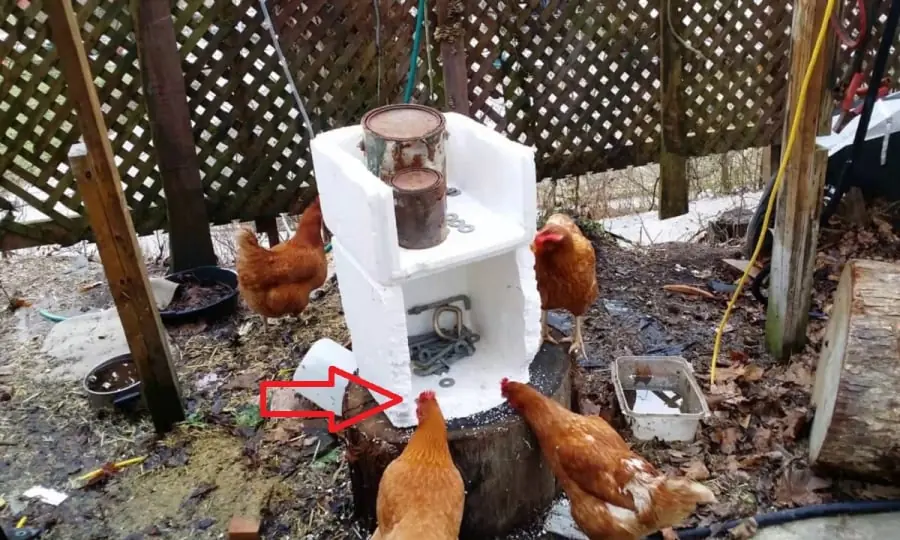
The Composition and Structure of Foam
Foam is primarily made of polymers and contains numerous air pockets. Unlike plastic, foam is extremely lightweight, making individual pieces easy to crush and deform.
If you leave used foam containers at home, chickens will quickly gather around them. Within a day or two, the foam will be completely pecked apart. So, why do chickens seem to love eating foam?
Chickens Have an Adventurous Diet
To understand this behavior, we need to look at the natural eating habits of chickens. Chickens are omnivores that consume a wide range of foods, including rice, insects, fruits, wheat, and corn.
However, foam looks and feels different from natural foods. Made of polymers, it has a smooth, lightweight texture, which might make it seem like a special treat to chickens. Even if a chicken has never encountered foam before, it will instinctively peck at it to investigate.
Surprisingly, after the first peck, chickens may find foam more appealing than rice. Its light, soft texture makes it easy to peck and swallow, encouraging them to continue eating it.
Although foam lacks any nutritional value, its unique texture and taste provide an unfamiliar and intriguing experience, which encourages chickens to explore and consume it further.
Chickens Rely More on Taste Than Smell
Unlike other animals, chickens have small, less developed noses and rely more on their sense of taste to determine whether food is edible.
Since they live in social groups and compete for food, chickens tend to peck first and taste later. If they waste time sniffing an unfamiliar item, another chicken might snatch it away.
Even though foam has a slight odor, chickens cannot easily distinguish it from regular food. Additionally, because they are accustomed to eating grains like rice, millet, and corn—foods that look somewhat similar to foam—chickens might perceive foam as a tasty and edible food.
Is It Harmful for Chickens to Eat Foam?
Chickens do not realize that foam is non-nutritious and potentially harmful. While a small amount of foam may pass through their digestive system without immediate effects, long-term consumption is dangerous.
Since chickens naturally consume grit and hard particles to aid digestion, a small amount of foam can be crushed and broken down in their stomach acid before being expelled.
However, large amounts of foam can cause serious harm. If too much foam dissolves in the chicken’s stomach acid, the residue may accumulate, leading to digestive blockages or even death.
What Should You Do If Chickens Eat Foam?
If you notice chickens eating foam, the best solution is to prevent it. Keep foam containers and materials out of reach to ensure their health and safety.
News in the same category


A Hotel Bed for Two but Four Pillows? The Unexpected Reason Few People Know — Try It Yourself!

25 Incredible Benefits of Guava Leaves

Banana Blossom: Health Benefits, Recipes, and Traditional Uses

This plant grows everywhere. We see it, but miss its secrets
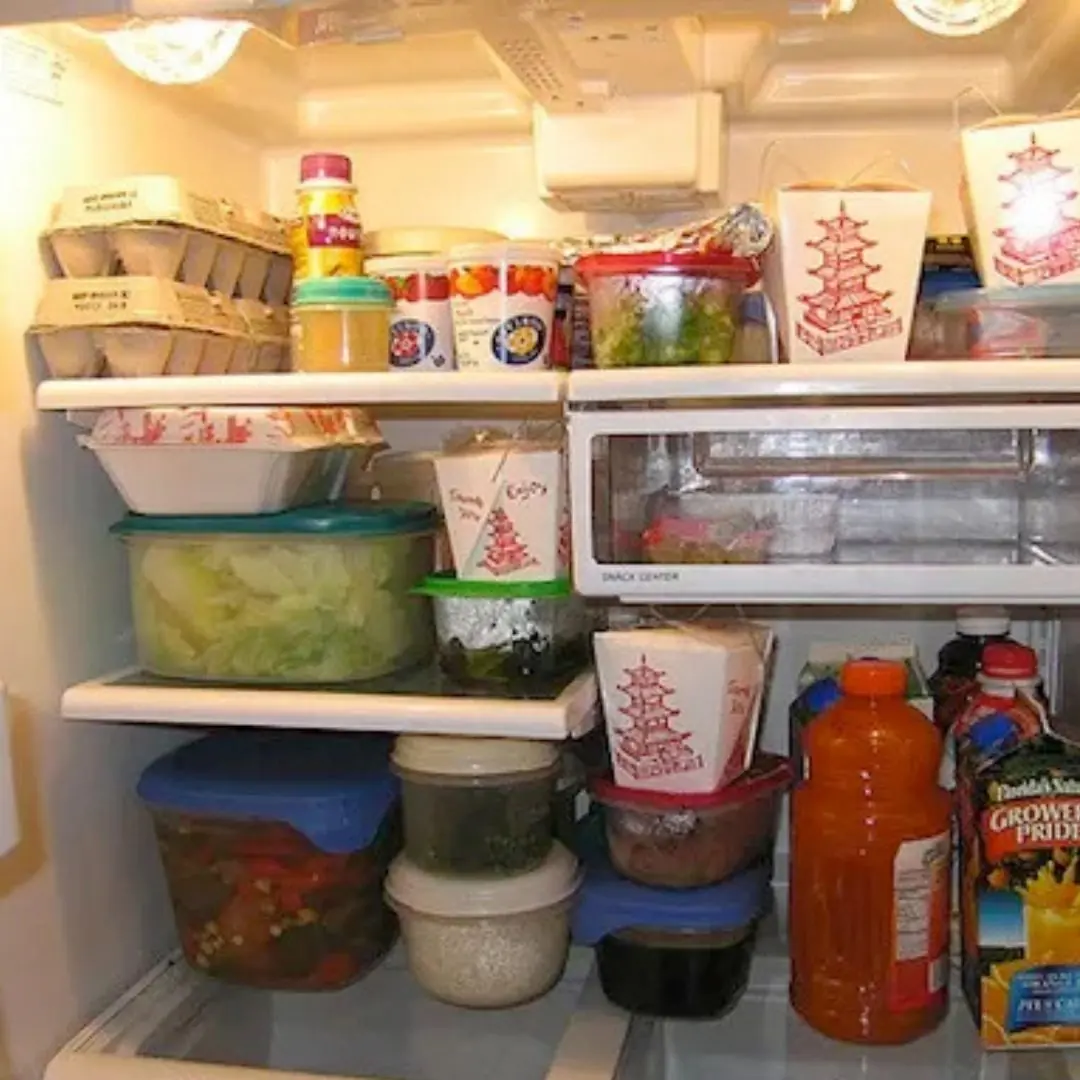
Why does the refrigerator compartment have a light but the freezer compartment doesn't?
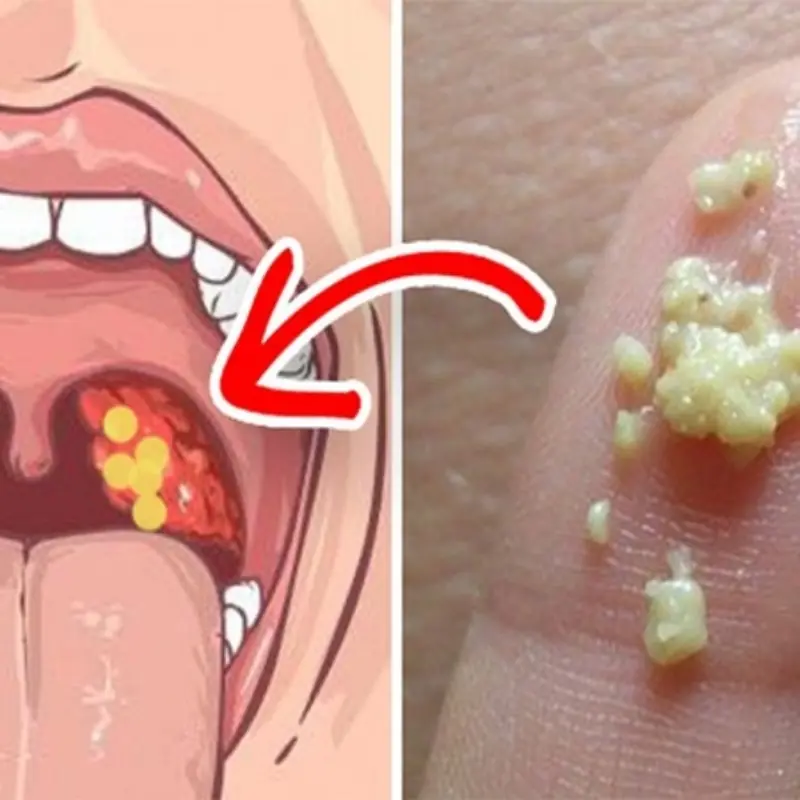
After Sneezing Several Times, I Noticed Something Strange in My Throat
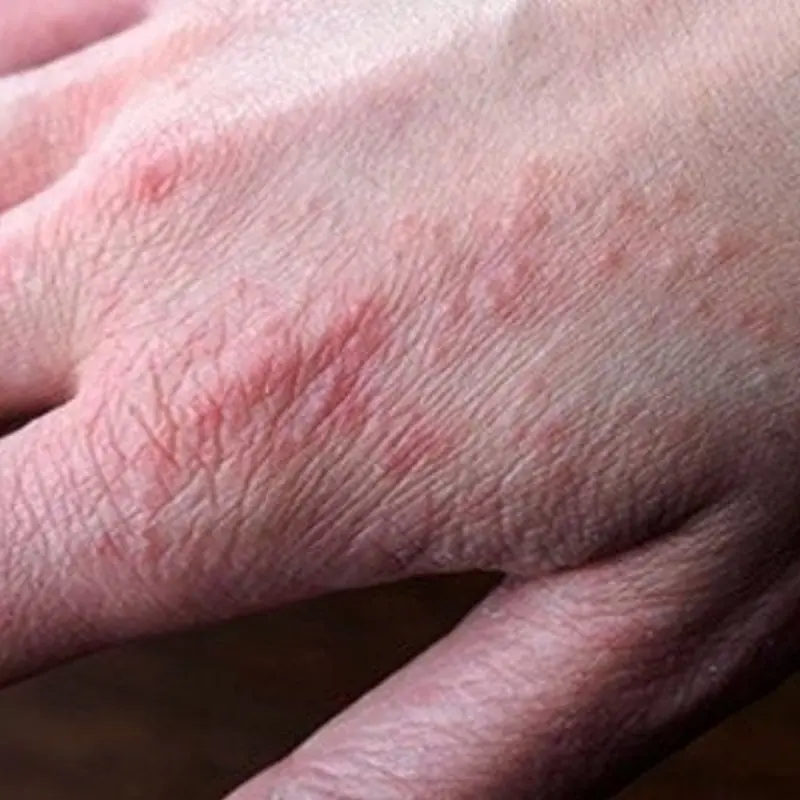
Doctors warn: if you have these tiny red dots on your arm or hand, do not ignore the warning signs
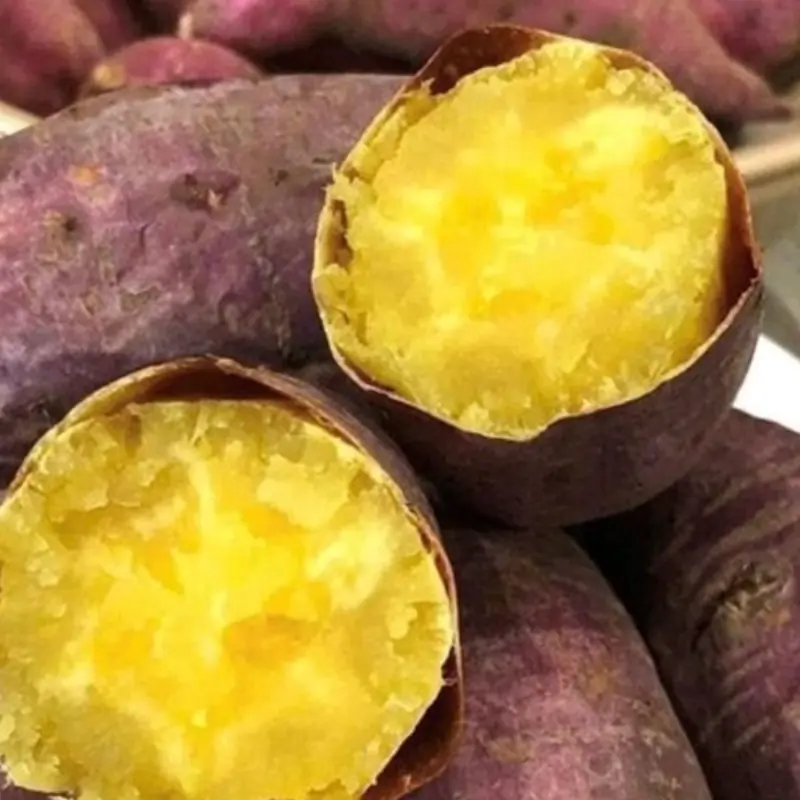
What Really Happens to Your Body If You Eat Sweet Potatoes for Breakfast Every Day
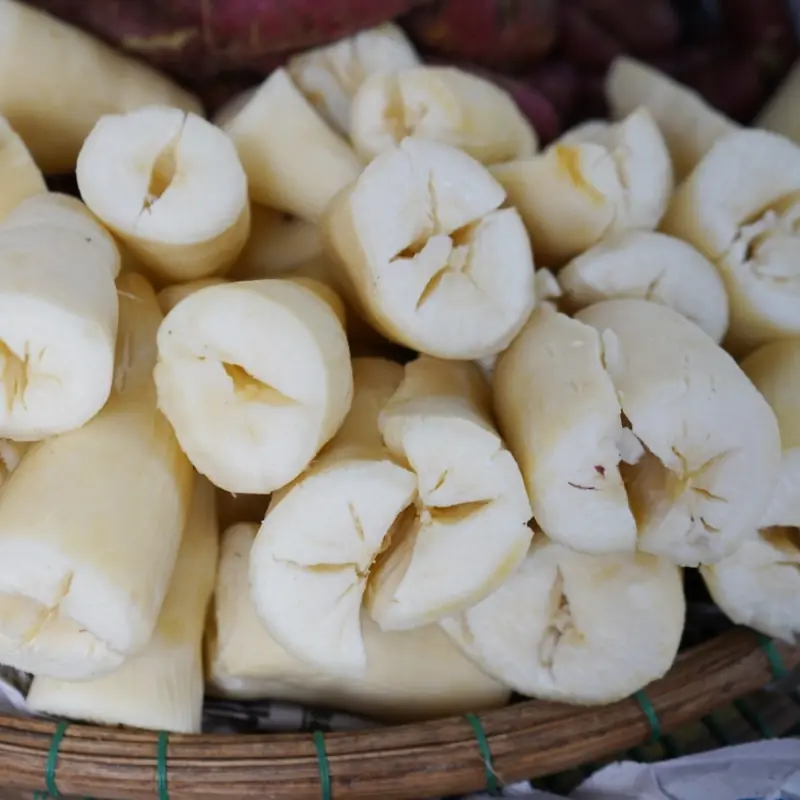
Over 200 People Are Ki.lled By The “World’s Deadliest Food” Every Year, But Almost 500 Million People Still Eat It
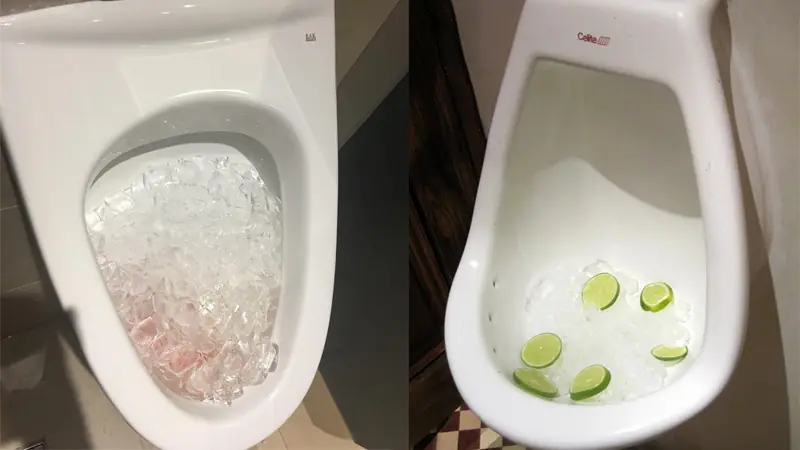
People Pour Buckets of Ice into the Toilet — The Result Leaves Everyone Stunned

20 years later, the surprising ending came back
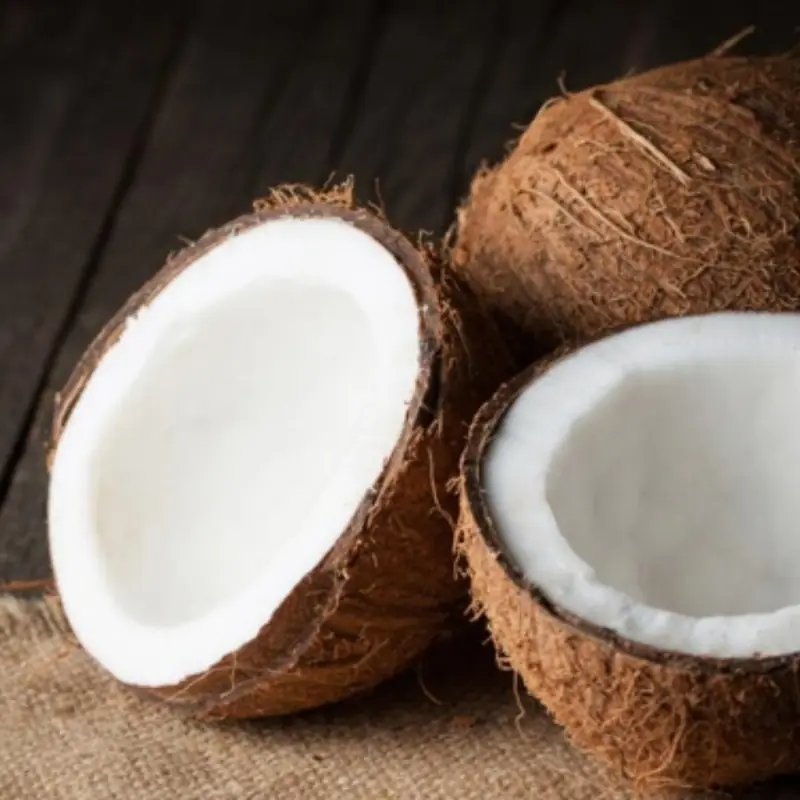
Beware of 5 types of fruit that make you gain more weight than fatty meat
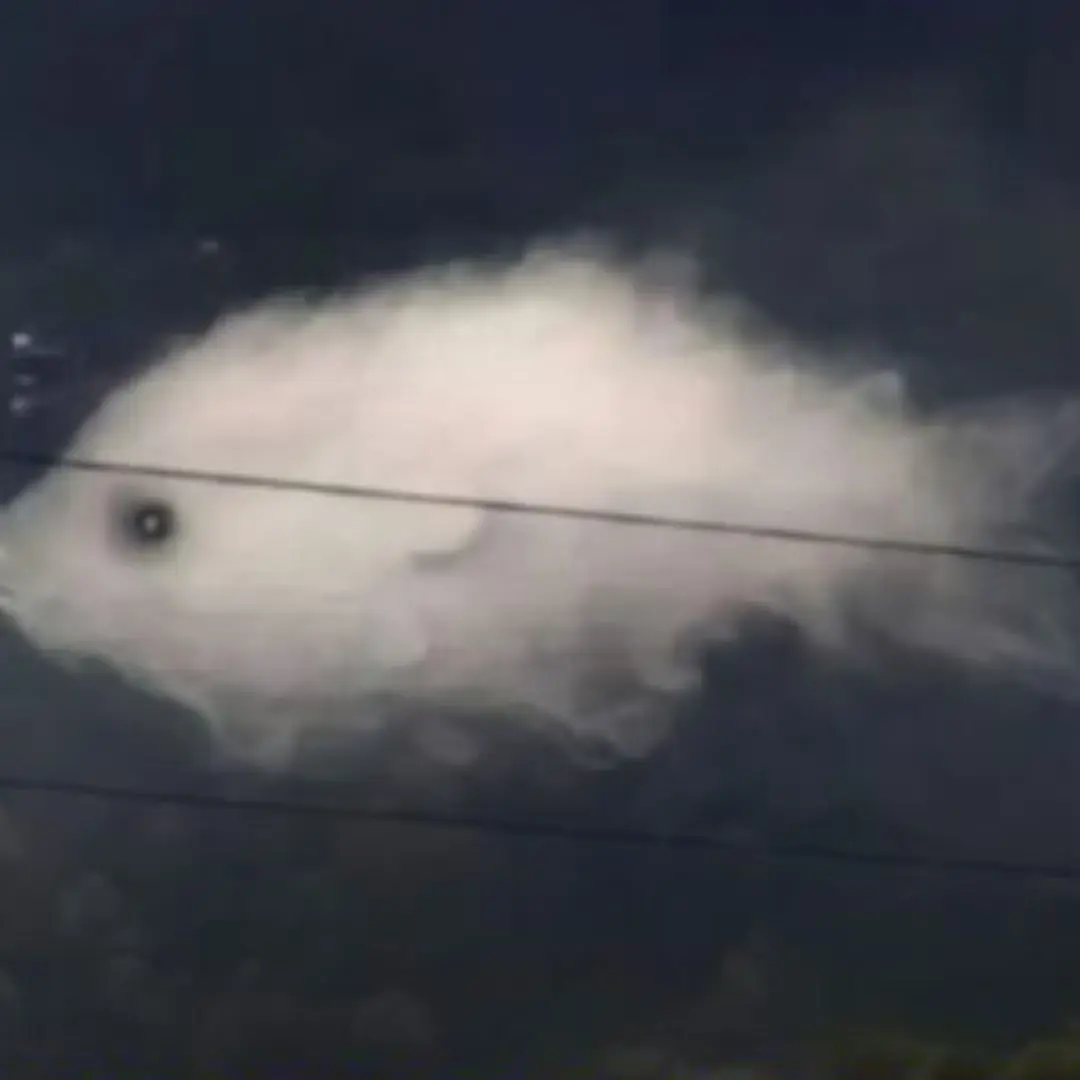
Optical illusion: What you see first reveals something important about your personality
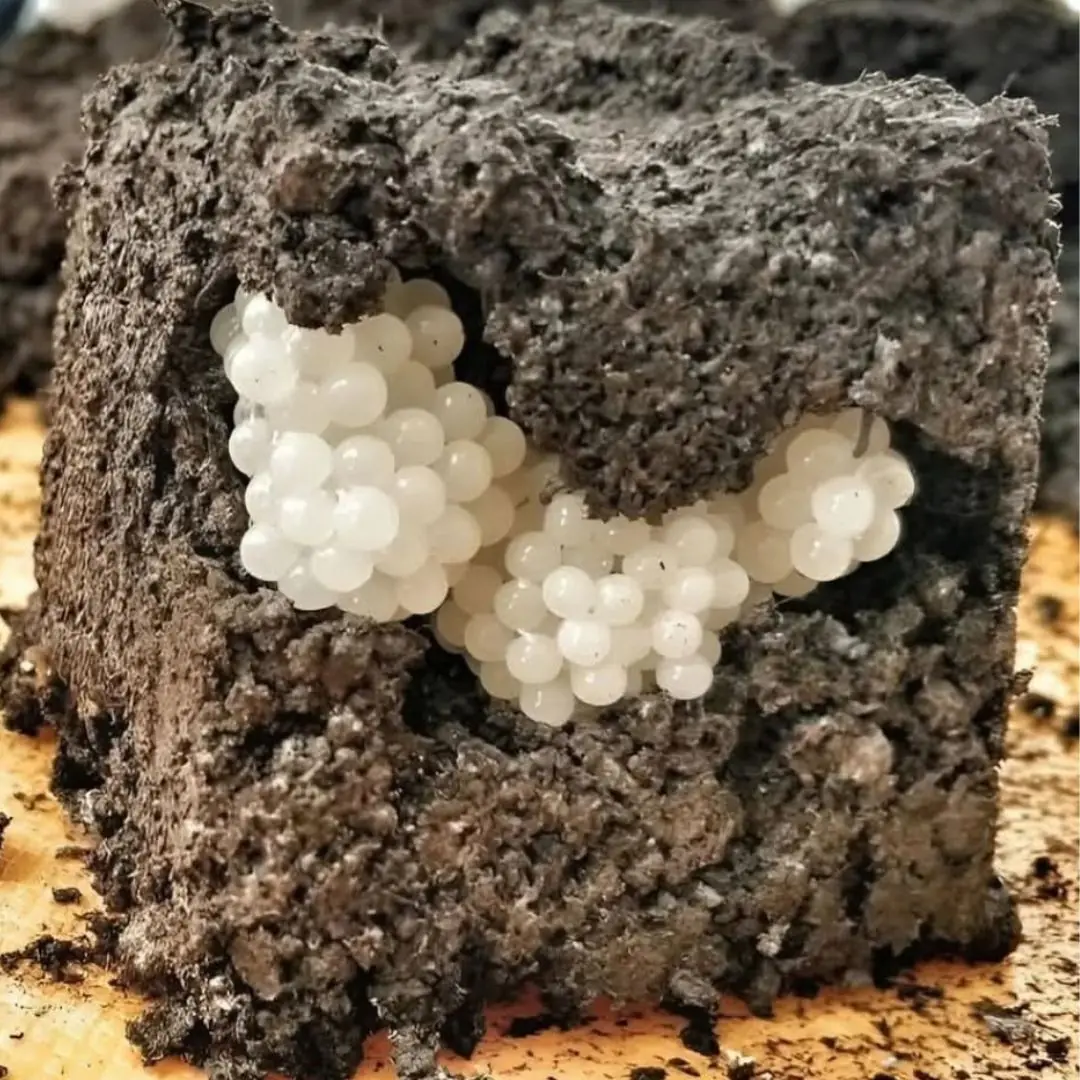
I found something strange in the yard – white, round balls: I was horrified when I realized what it was
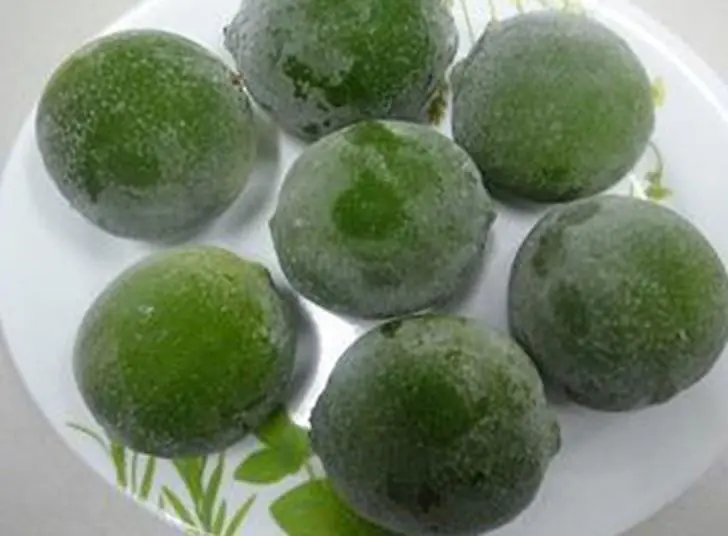
How to Freeze Lemons for Maximum Health Benefits
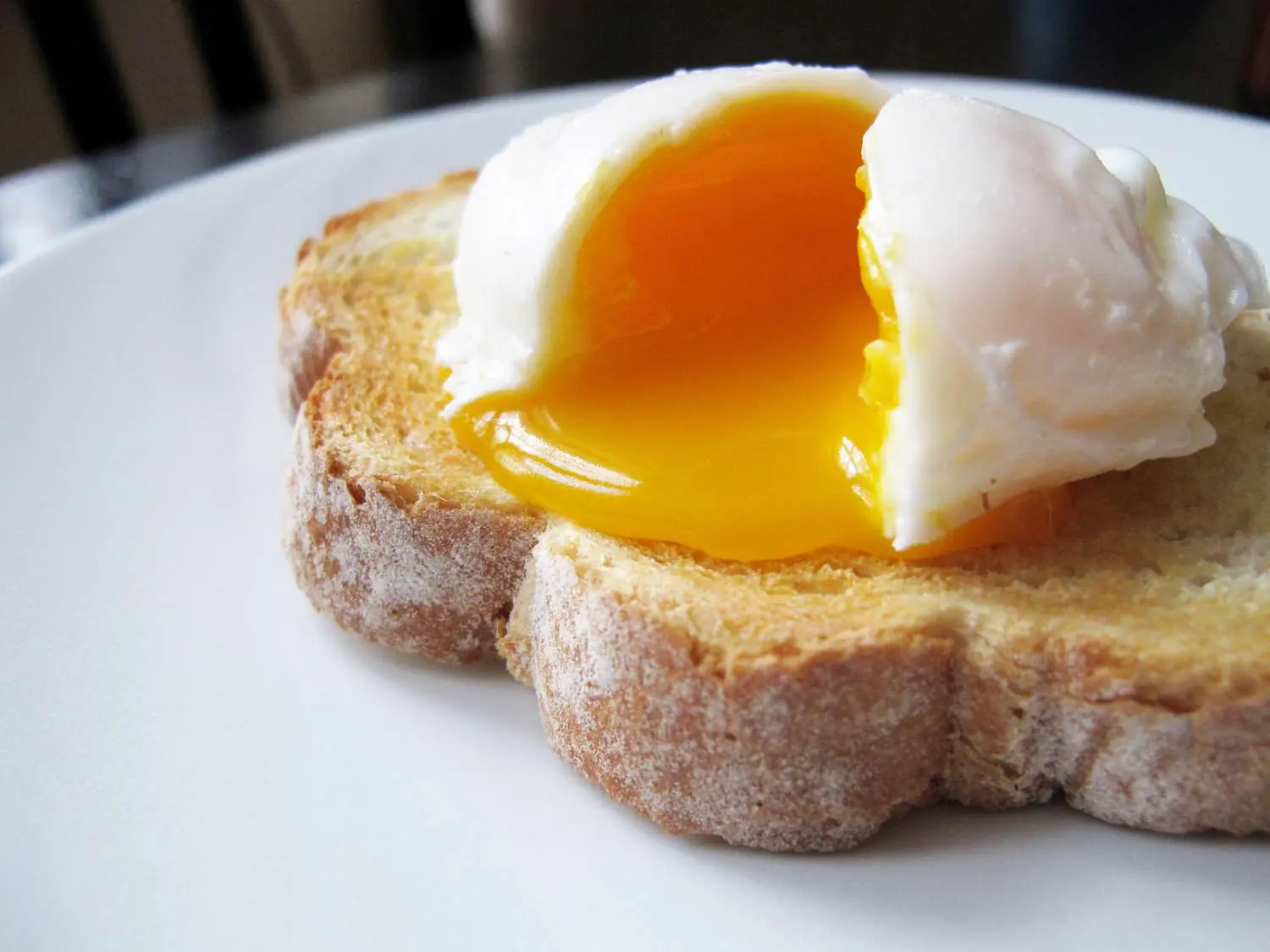
5 Common Mistakes People Make When Eating Eggs for Breakfast
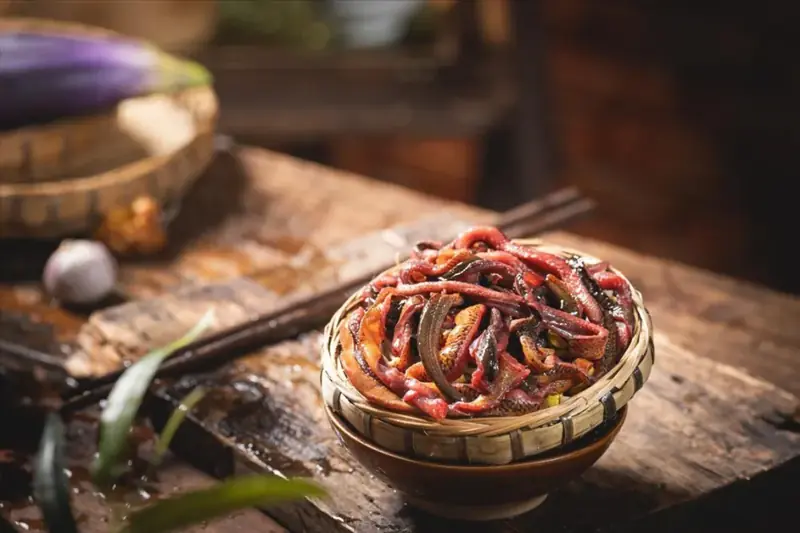
3 Types of Fish Considered the “Best in the World”
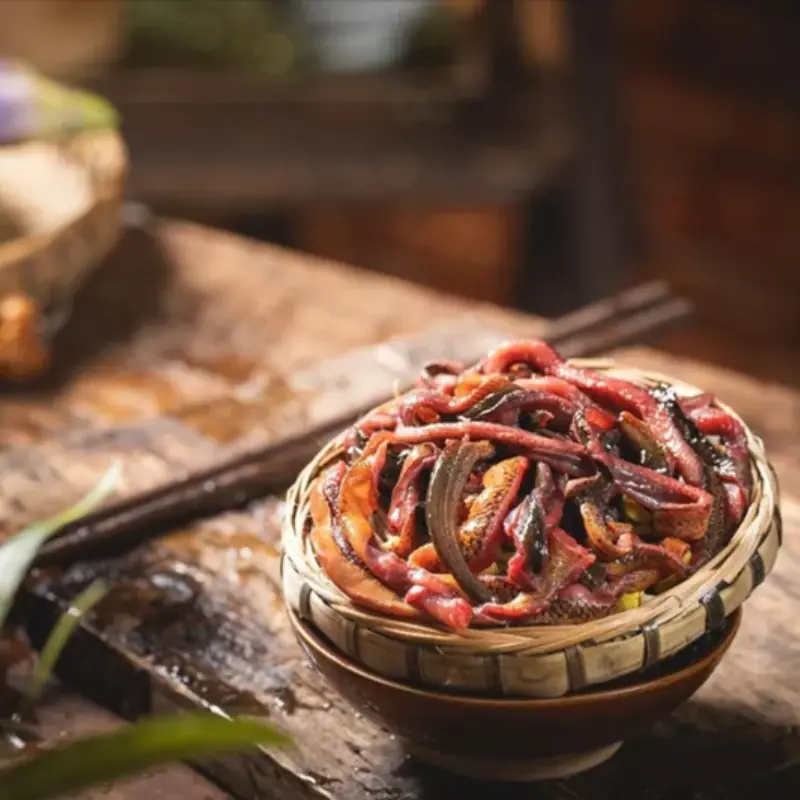
The Golden Treasures of the Deep: Three Fish Revered as “Golden Soft-Gold Underwater”
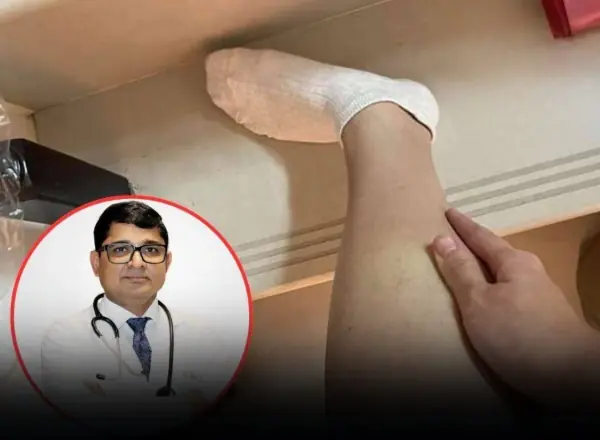
Beware of Diabetes If You Frequently Experience These 5 Strange Symptoms
News Post
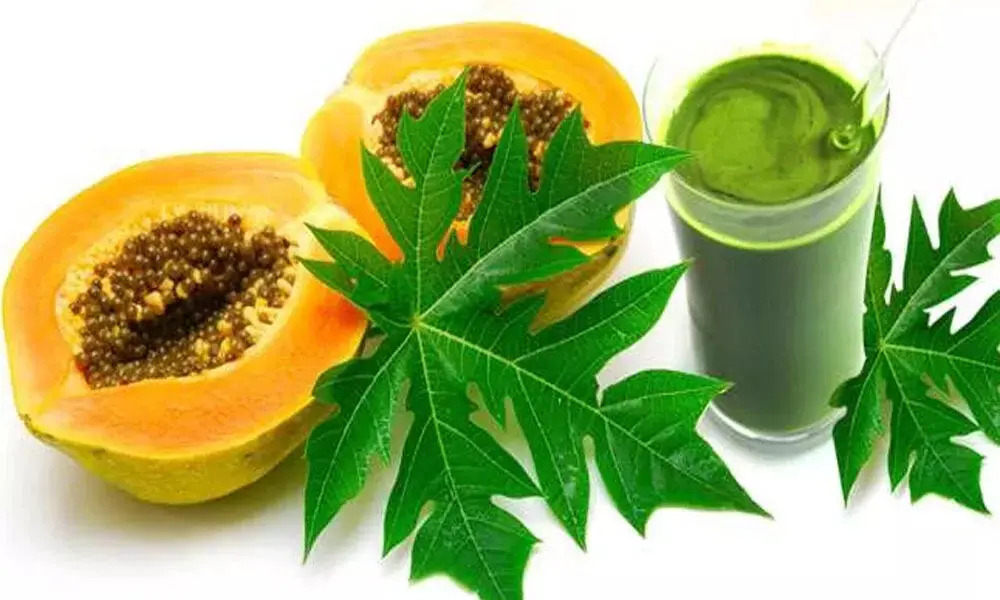
The Hidden Healing Power of Papaya Leaves: Nature’s Secret Weapon for Health and Vitality

Pick a Ring and Discover What It Says About the Woman You Are
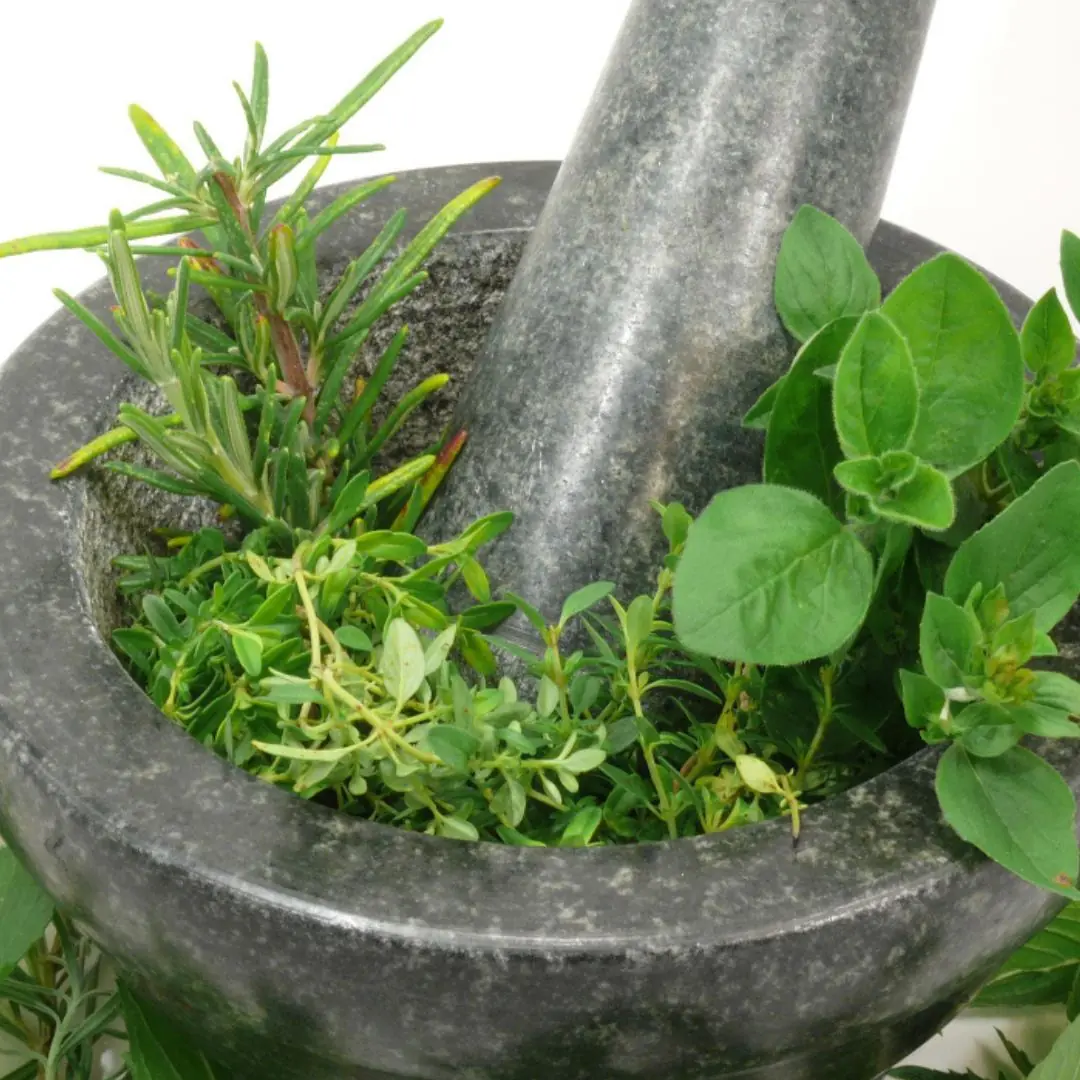
Bring out your hair’s natural shine with a leaf growing right in your garden
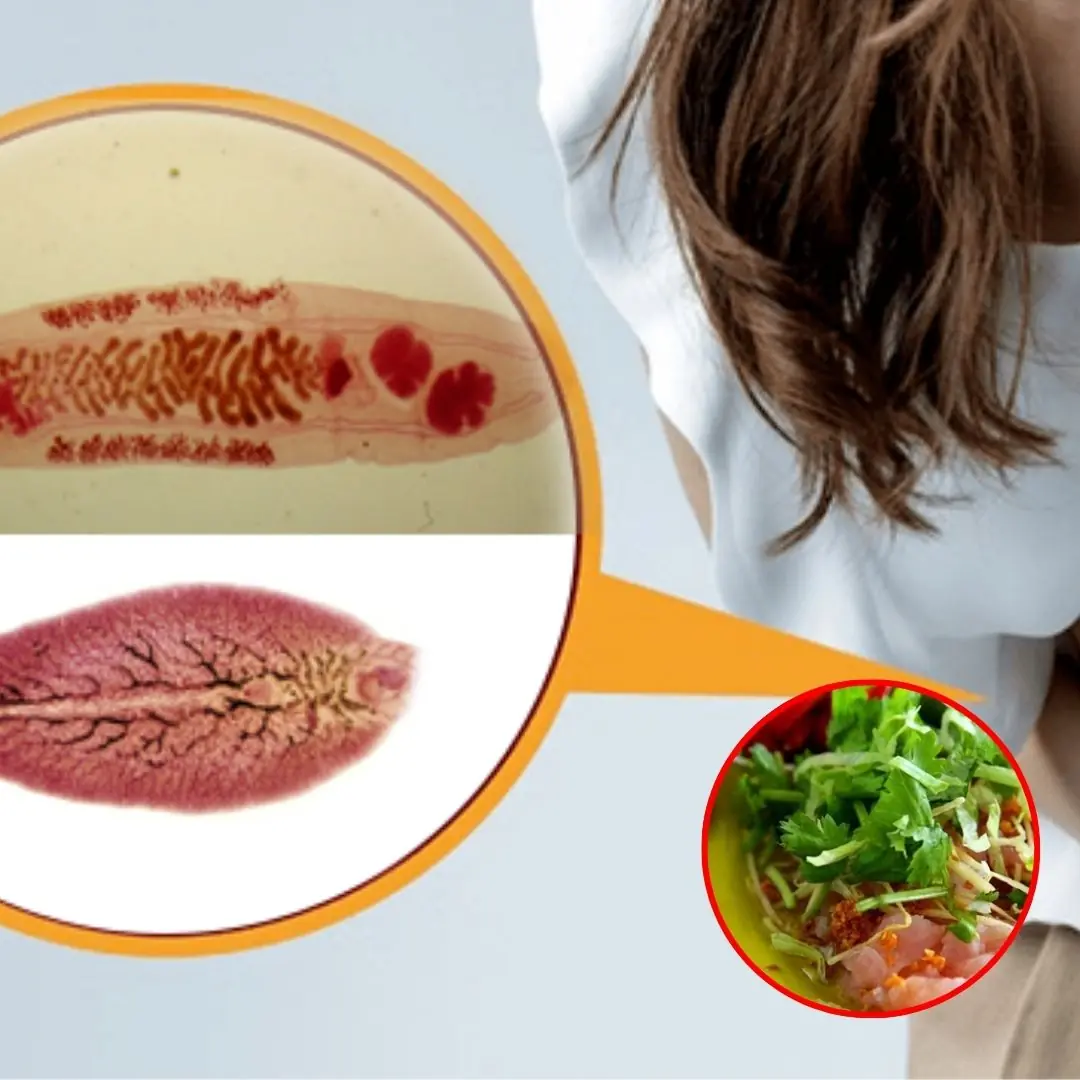
The risk of liver fluke infection from eating habits that many people have
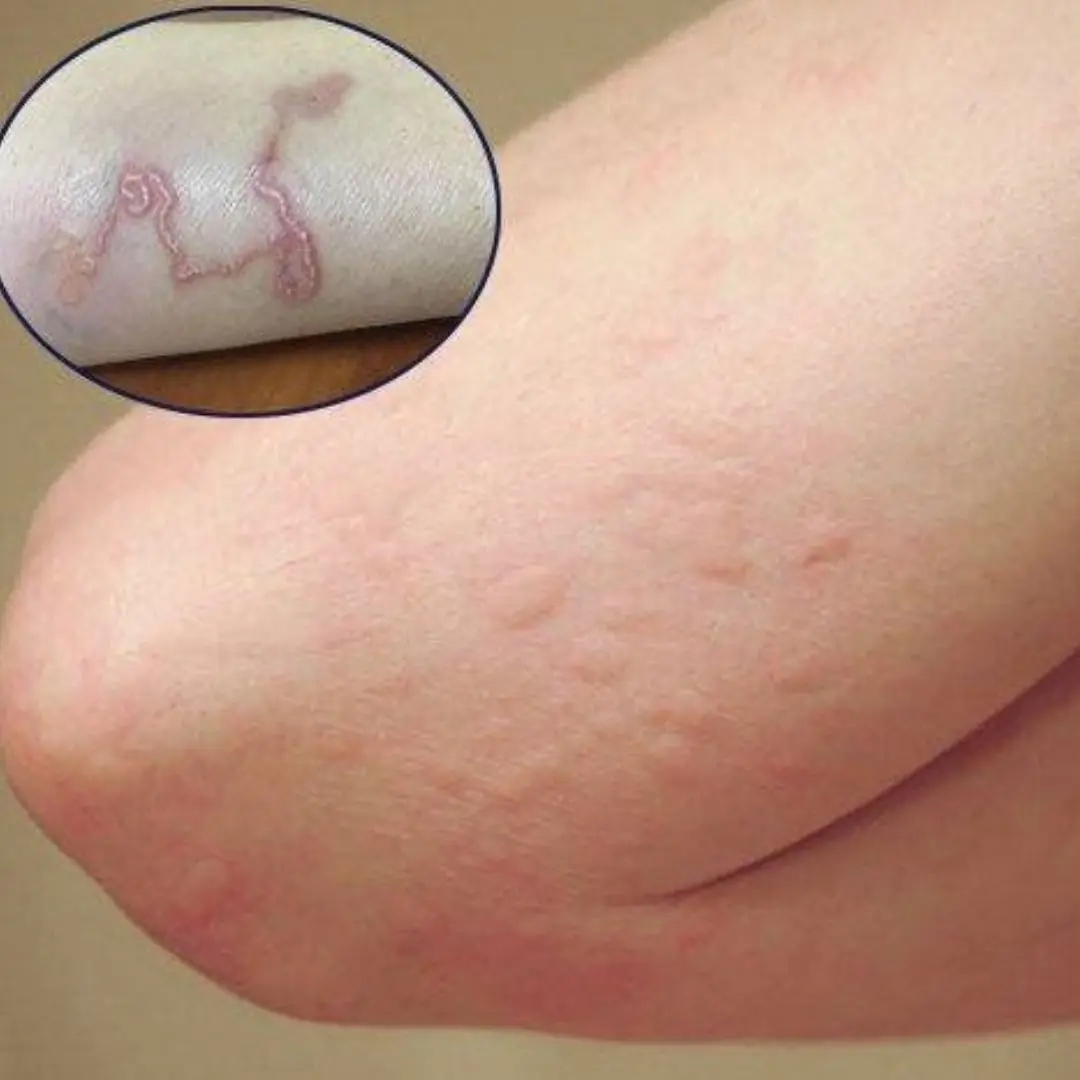
6 Signs You Have a Dog Tapeworm Infection That You Can Easily Ignore
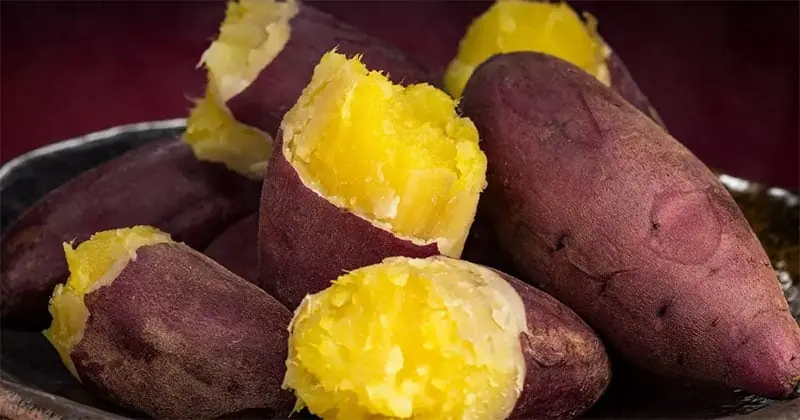
Sweet Potatoes Could Damage Your Health — Especially If You’re in These 5 Categories!
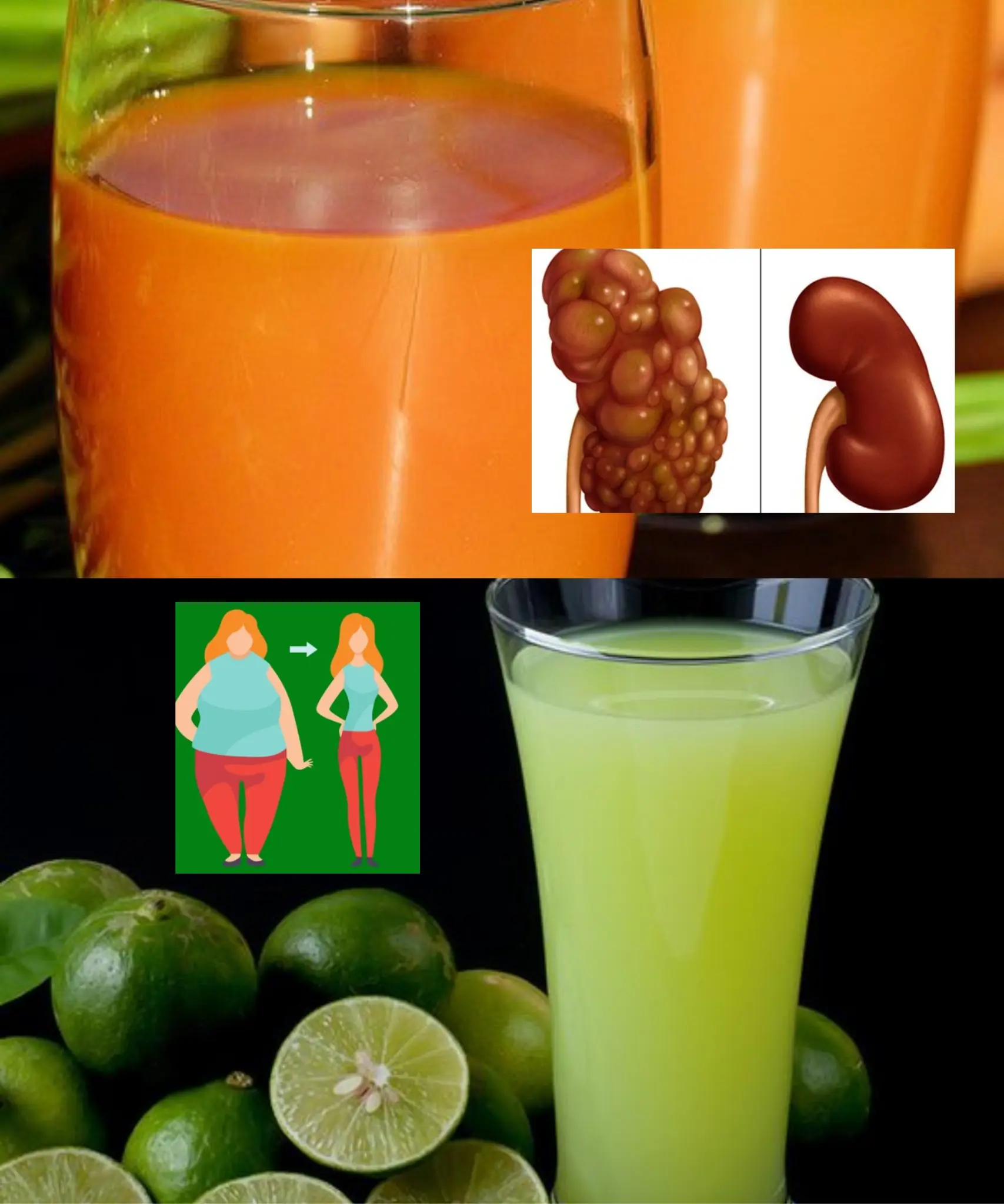
5 Nighttime Drinks to Cleanse Your Li.ver and Shed Pounds While You Sleep

Doctors Reveal 5 Types of Foods Parents Should Never Give Their Children
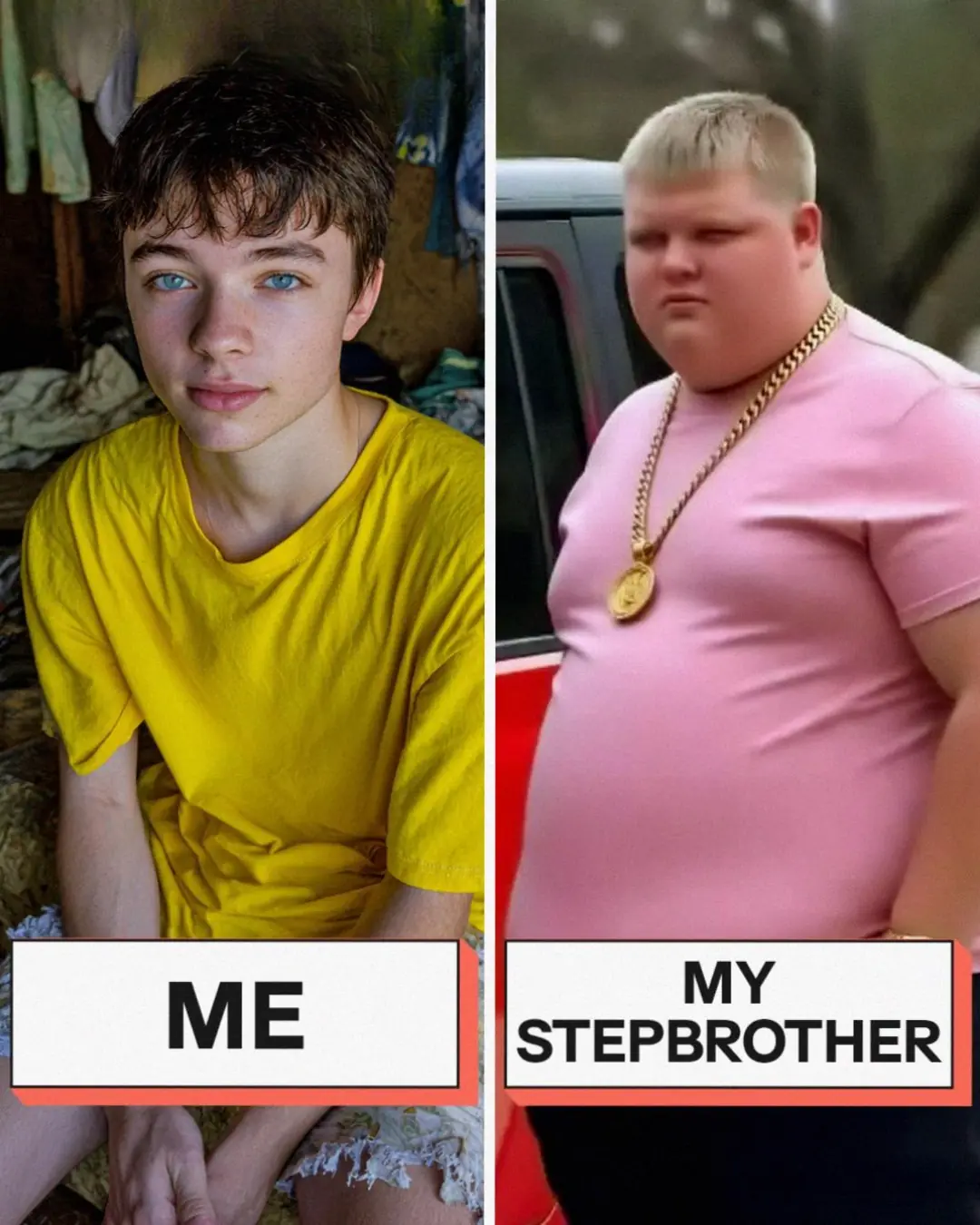
My Stepmom Stole My Late Mom’s $25K Inheritance to Buy Her Son a Jeep – Karma Made Her Pay Three Times Over

I Adopted a Baby Left at the Fire Station – 5 Years Later, a Woman Knocked on My Door & Said, ‘You Have to Give My Child Back’

A Hotel Bed for Two but Four Pillows? The Unexpected Reason Few People Know — Try It Yourself!

Woman’s heartache after tragic car crash kills husband and children

Pay attention when renting a motel or hotel room
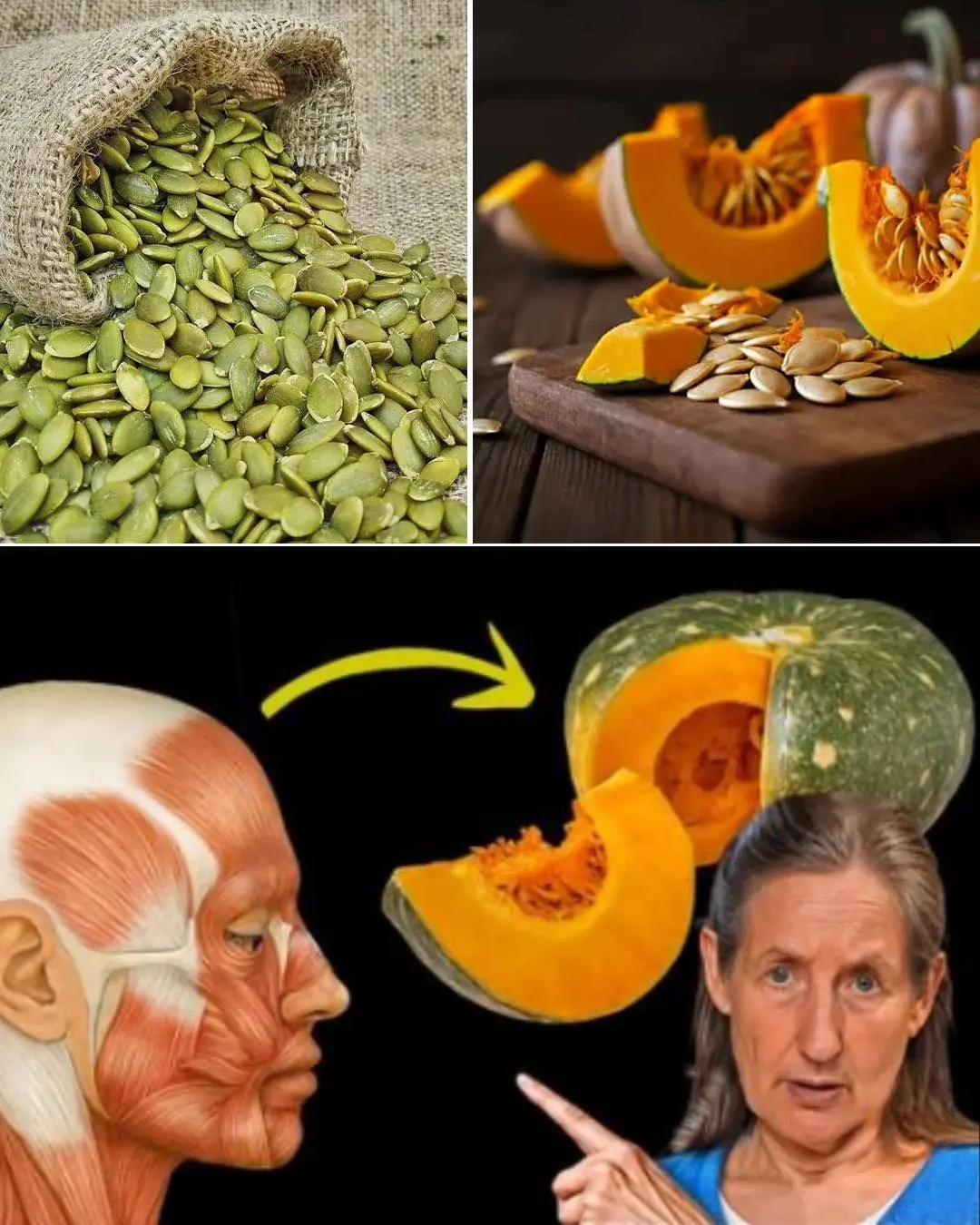
Pumpkin Health Benefits: The Forgotten Superfood You Need Daily
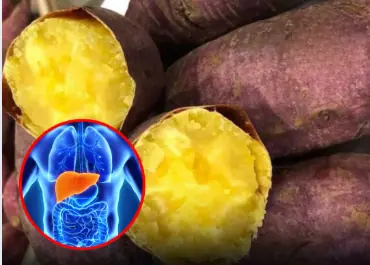
Eating steamed sweet potatoes every day

If you drool while sleeping often, check for these 6 diseases

Bruises on the body - a warning that you may have a problem

1 vegetable dish can prevent 6 types of cancer

5 Early Signs of Thyroid Can.cer That Are Easy to Recognize
